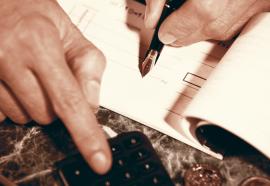Power-Plant Development: Raising the Stakes
Duke Energy’s Jim Turner and other utility executives weigh the odds on billion-dollar bets.
The heavy investment required for new generation technologies clearly is a global phenomenon, but global-resource competition to build power plants is making power-plant development more expensive—and may even limit the number that any one utility in any one country can develop.









